El Charco, the mirror image of Gran Canaria
The fiesta of El Charco in La Aldea is one of the most ancient popular festivals in Gran Canaria.
Tradition is written in capital letters in La Aldea de San Nicolás, here at one of the most extraordinary settings in Gran Canaria. Carmen González came into this world some seventy nine years ago at a time when it was just a tiny village situated in the valley running between two huge natural stone cathedrals. “For me, this is the best place in the world”, she states. Yet long before her, and the rest of the inhabitants in the region, emerged El Roque, a natural symbol of the area, the result of erosion and the pushing back of the cliffs, which have been a witness to events over the last fourteen million years.
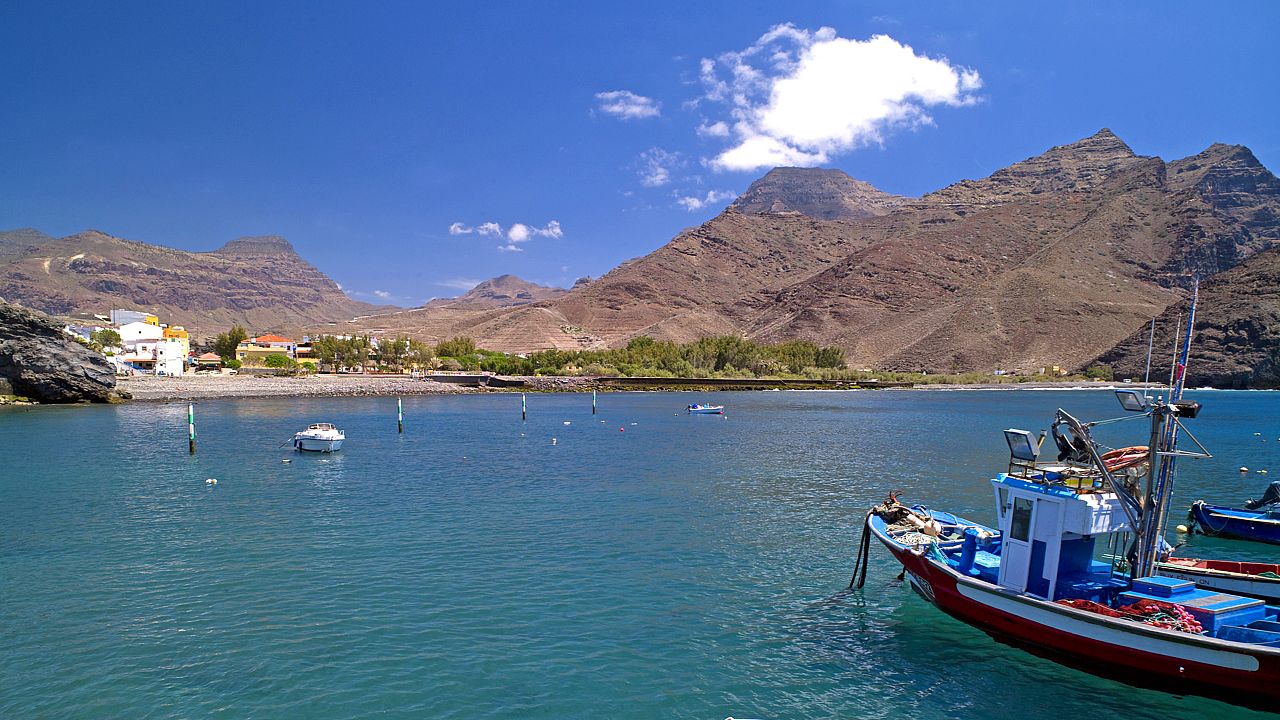
But there are things that don’t change with time in La Aldea. One such event takes place every 11th September at five o’clock in the afternoon, when a rocket is set off to break the silence and signals the start of one of the oldest and best-attended attractions of Gran Canaria: the fiesta of El Charco. Charco, meaning pool or lagoon, is both a natural symbol and a sign of the region’s true identity.
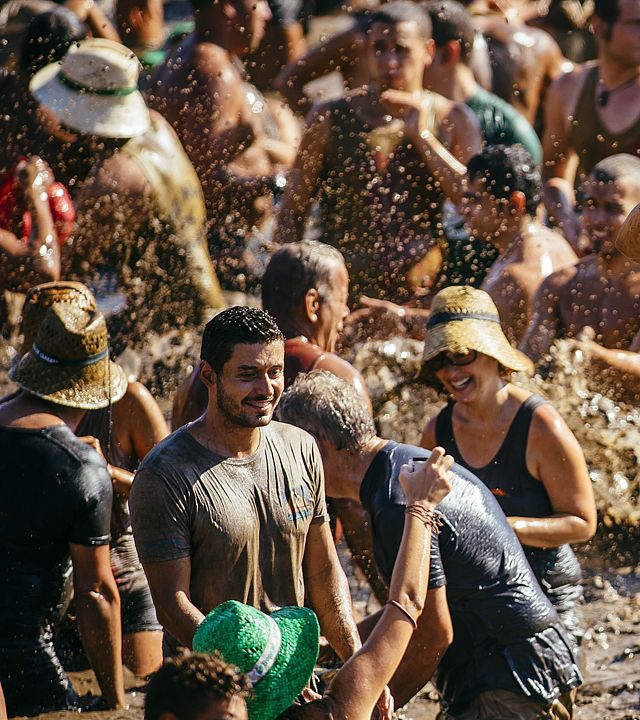
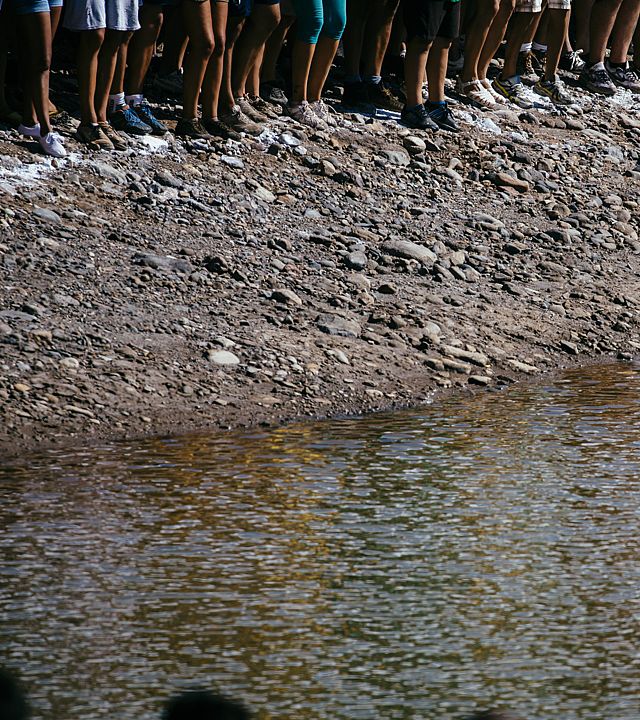
Who better to tell us all about it than our own Carmen González, who holds lasting memories of the event, when her mother would prepare grapes, bread and cheese for the whole family. Carmen’s words tell the tale, rather like a film, of how the fiesta of El Charco used to be. She was not even ten years old at the time, describing the people coming out of their houses with food baskets and bags, joining in with the street bands who made their way down to the coast, setting the pace and the way for the throngs of people, the rocket shooting into the air at five o’clock, and finally, the many men and women who splashed into this piece of wetland to keep alive a tradition that owes its origins to the early dwellers on the island, long before the Spanish Conquest. The Charco is also like a mirror that reflects the history of Gran Canaria.
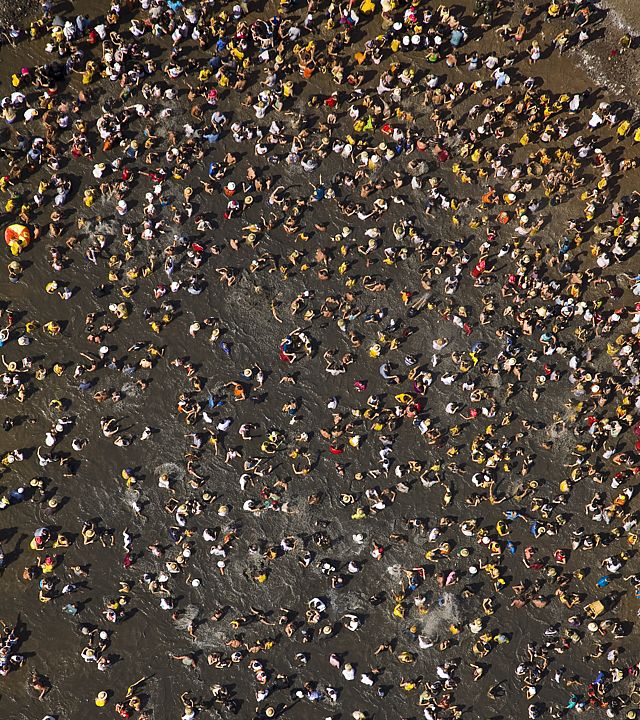
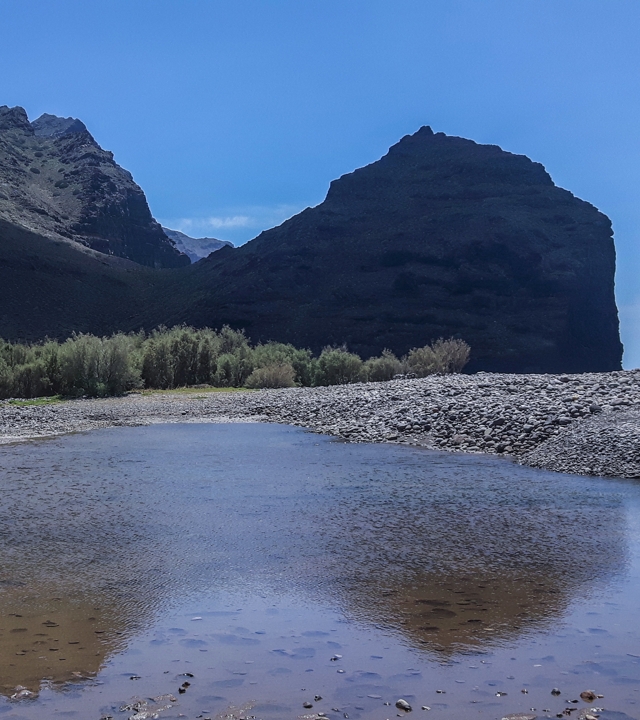
The fiesta’s origins has its roots in the so called ‘embarbascada’, and age old technique used by the ancient dwellers on Gran Canaria for capturing fish. “A collective fishing tradition which in the 17th century was transformed into the Patron Saint Fiestas of San Nicolás de Tolentino and was subsequently called the Fiesta of El Charco and the Fiesta of La Embarbascada”, according to staff at La Aldea Tourism Office.
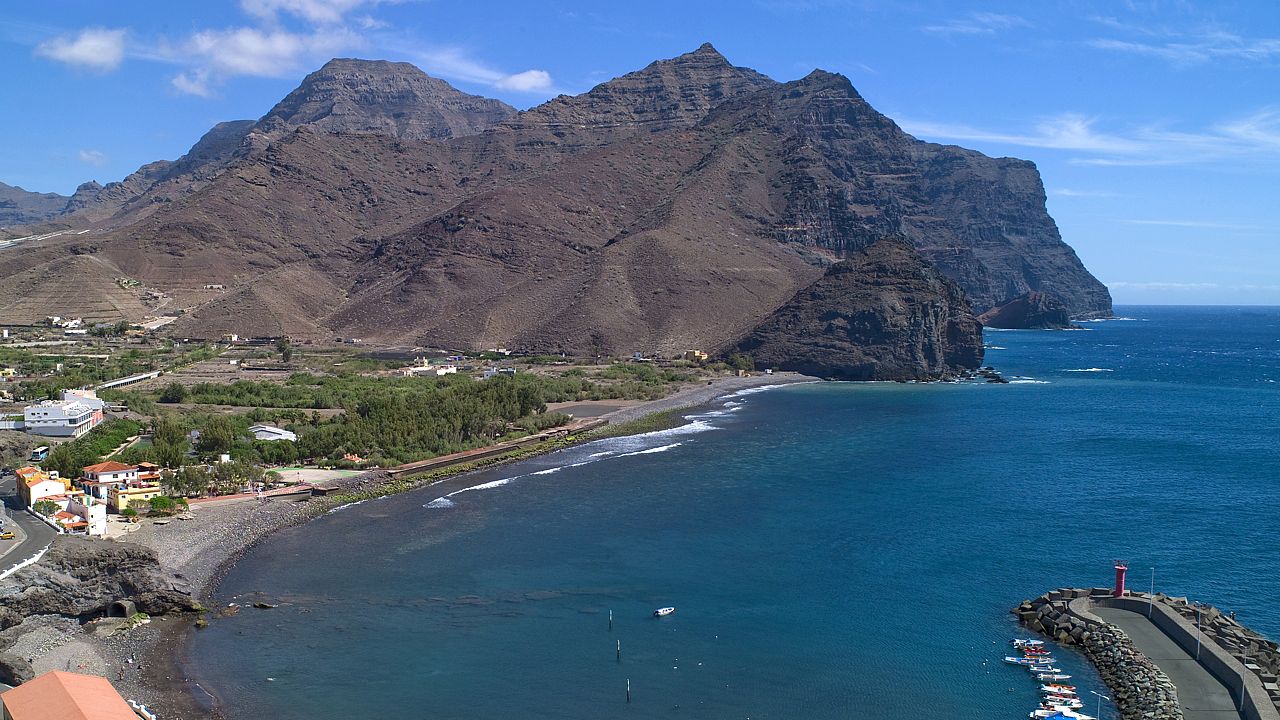
Carmen says that the air in La Aldea “fills you with peace and tranquility”. This is another reason to come along and discover a stunning municipality, full of attractions for anyone looking to enjoy natural surroundings and the expression of a tradition that is alive and kicking. One option is to take a stroll along Rubén Díaz Park, just a few metres away from El Charco and the ocean glistening with blue and jade tints. The area is made up of a woodland of pine, palm and other endemic plants, and has tables and chairs that invite visitors to put their feet up and have a picnic at this point where the land meets the sea.
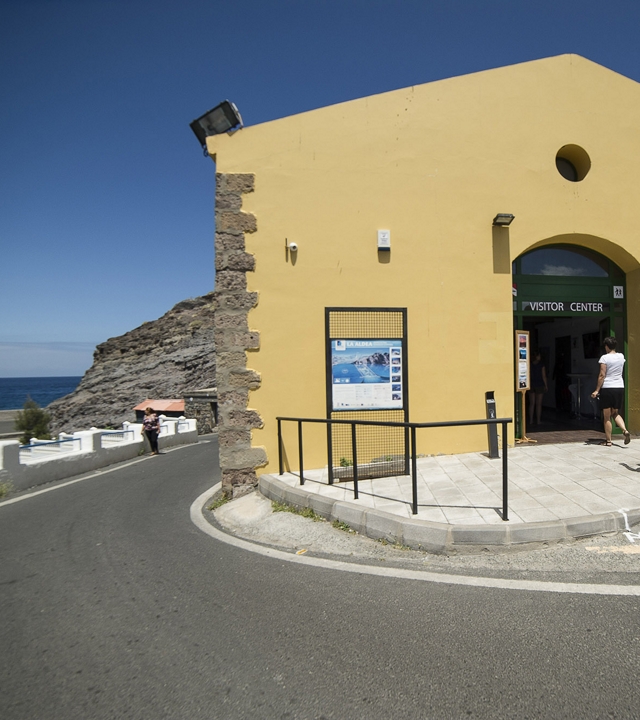
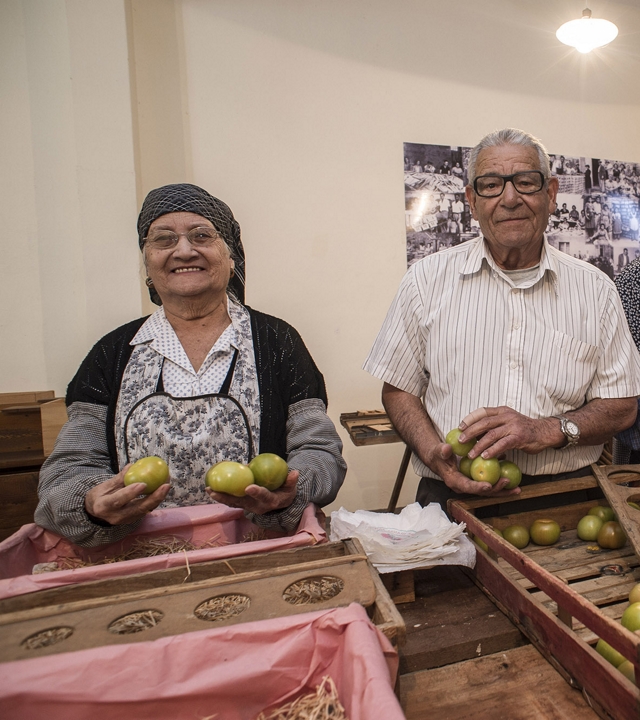
The natural wealth of this strip of coastline is all explained in the Visitor Centre at the ‘El Roque’ Micro Marine Area, located on the site of the former tomato packaging warehouse. The tomato crop was introduced into La Aldea in 1897 by German trader Ernesto Carlos Jaacks. Our very own Carmen worked in a nearby warehouse, one of many in the valley, from the age of fourteen.
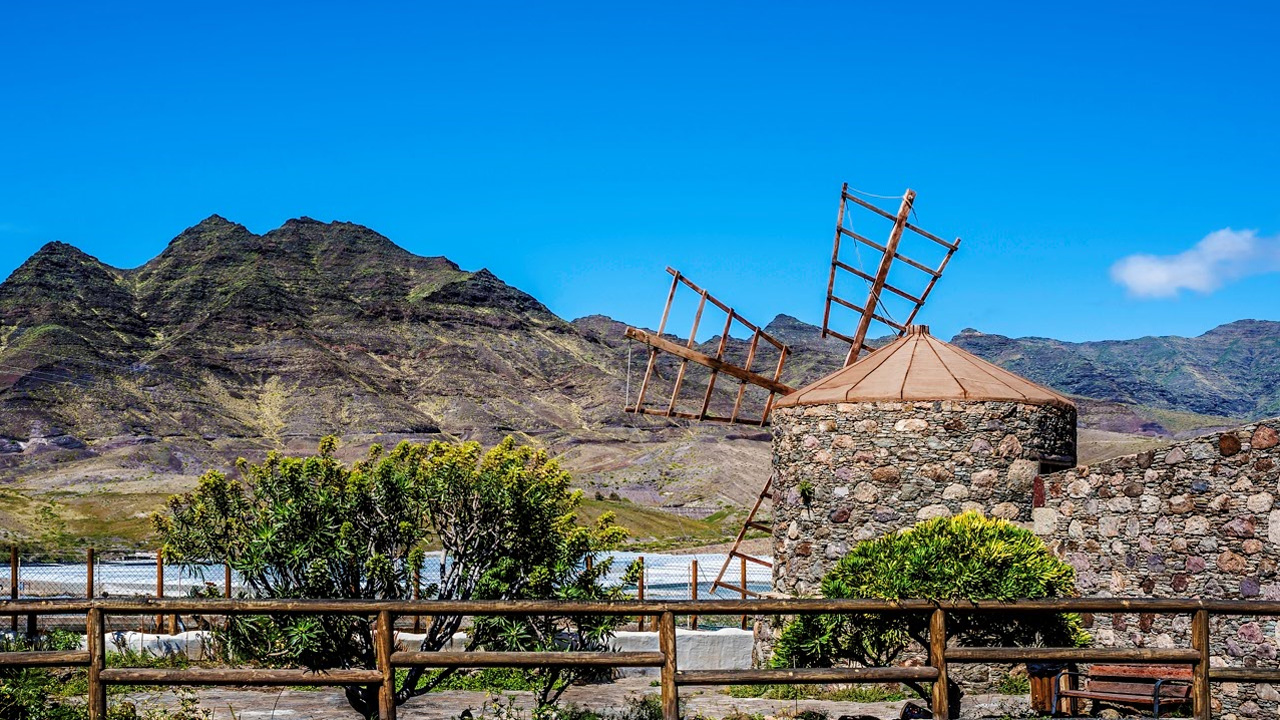

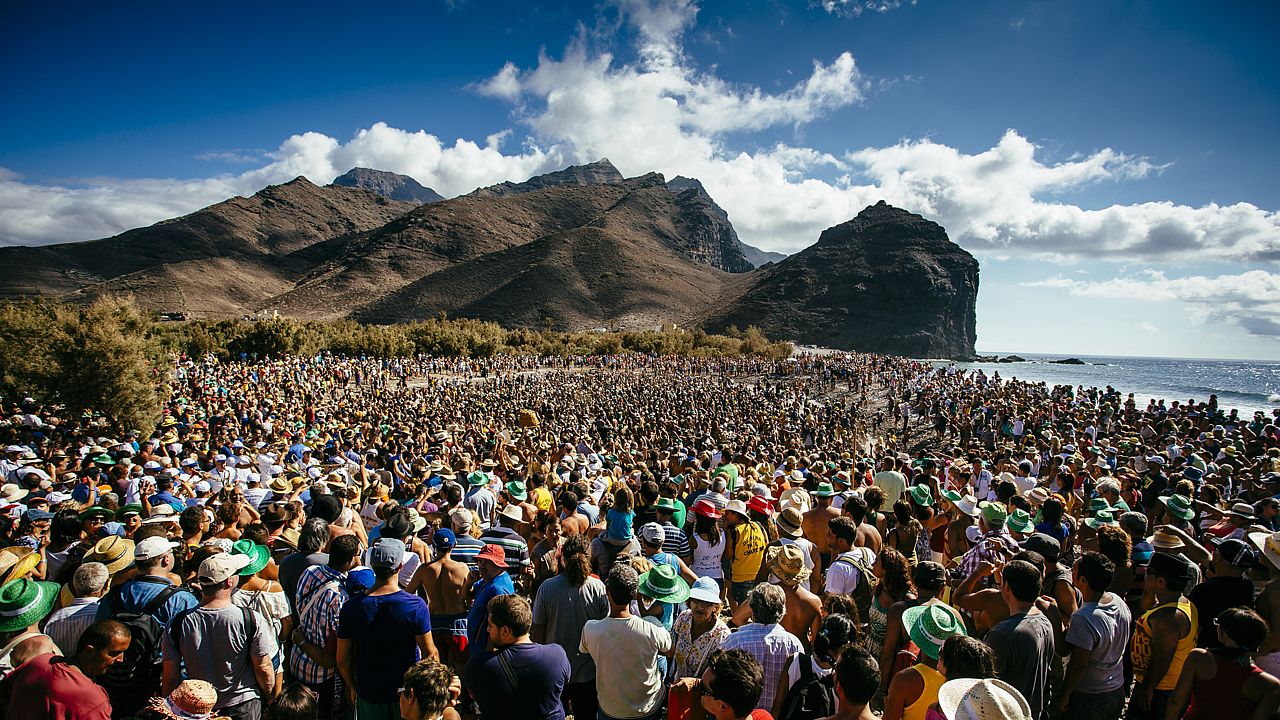
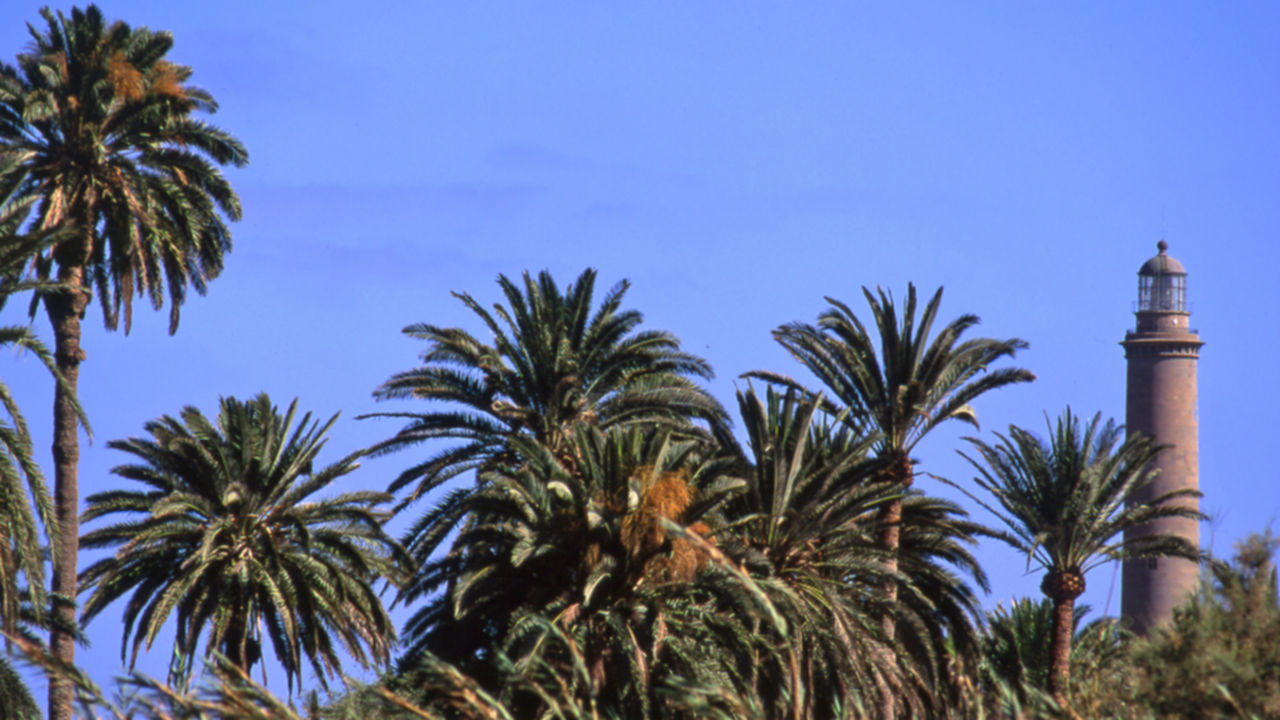
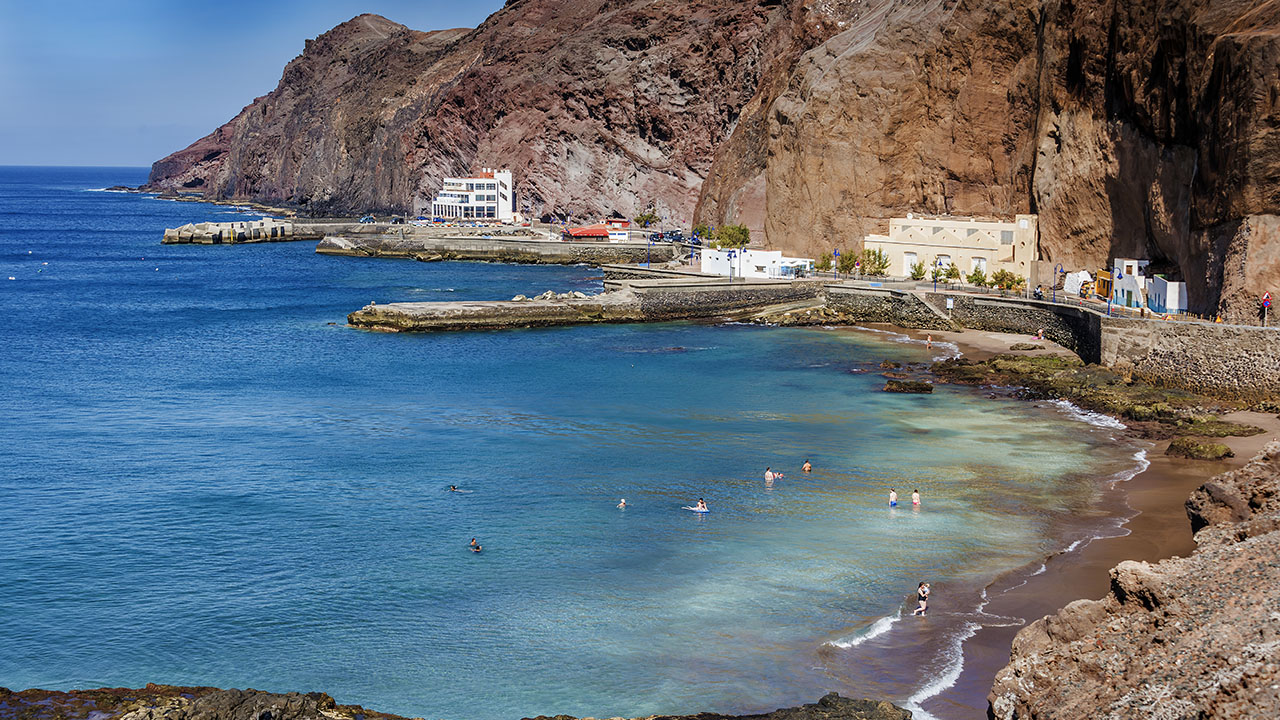
Comments are disabled for this post.